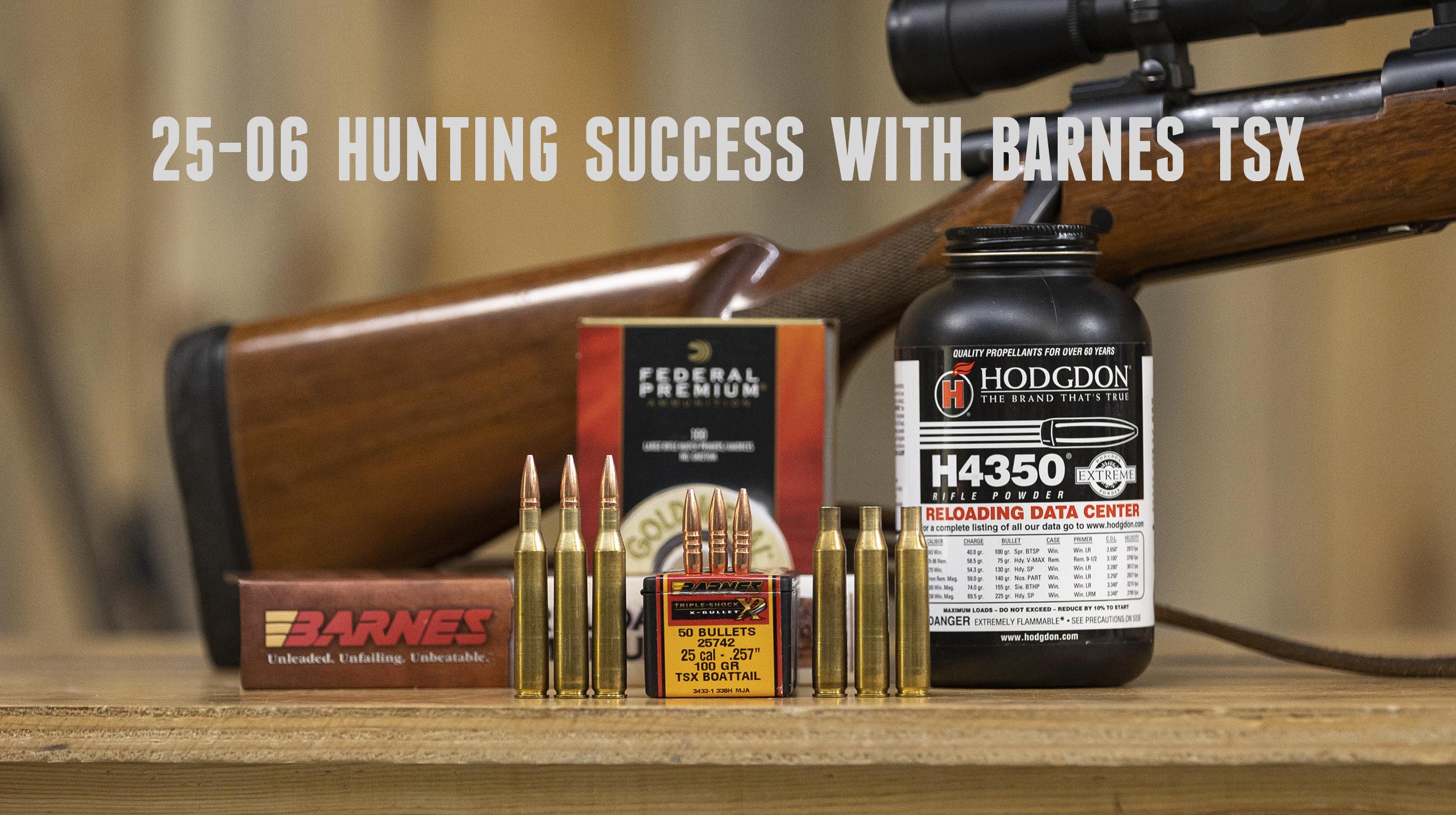I first heard about Barnes bullets in the 1980s and by the 1990s, they were well-known and renowned for hunting. Copper bullets are different than lead core bullets. They want to go fast and penetrate hard, but are a different kind of bullet. It’s important to be conscious of this whenever changing your load from a lead core to an all-copper bullet. Let’s take a look at the 100 grain Barnes TSX for deer hunting.
Disclaimer
Ultimate Reloader LLC / Making with Metal Disclaimer: (by reading this article and/or watching video content you accept these terms). The content on this website (including videos, articles, ammunition reloading data, technical articles, gunsmithing and other information) is for demonstration purposes only. Do not attempt any of the processes or procedures shown or described on this website. All gunsmithing procedures should be carried out by a qualified and licensed gunsmith at their own risk. Do not attempt to repair or modify any firearms based on information on this website. Ultimate Reloader, LLC and Making With Metal can not be held liable for property or personal damage due to viewers/readers of this website performing activities, procedures, techniques, or practices described in whole or part on this website. By accepting these terms, you agree that you alone are solely responsible for your own safety and property as it pertains to activities, procedures, techniques, or practices described in whole or part on this website.
About the Rifle
We’ve used this rifle for a couple of stories here at Ultimate Reloader including loading on the MEC Marksman. It’s a Remington 700 CDL in 25-06 with a 24” 1:10 twist barrel, topped with a 6x Leupold. Though Gavin might like to shorten my 24” if we were to thread it for a suppressor, I really like the velocity 24” gives me. It’s been pillar bedded and the trigger tuned to three pounds. Typically it groups around ¾” to 1” at 100 yards and I’ve taken game as far as 420 yards with it. I’ve made quite a few hunting trips with this rifle in Washington and Wyoming, and it continues to deliver reliable performance.
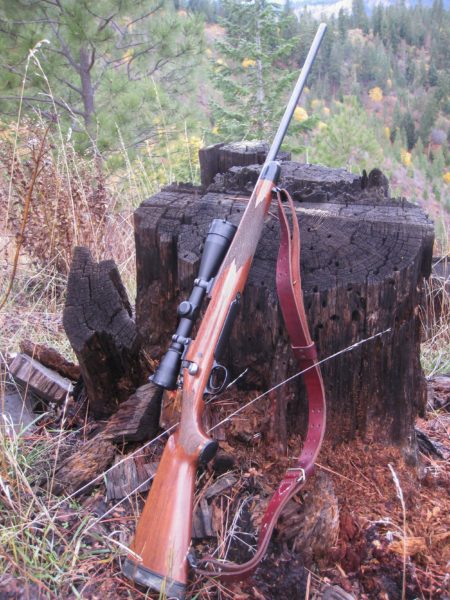
About the 25-06 Cartridge
The 25-06 has been around for nearly 100 years. Gunsmiths first necked down the 30-06 to 25 caliber in the 1920s. The round didn’t reach its full potential until after WWII when slow burning powders became more available to handloaders. Remington standardized the 25-06 in 1969, which was a wildcat cartridge before then.
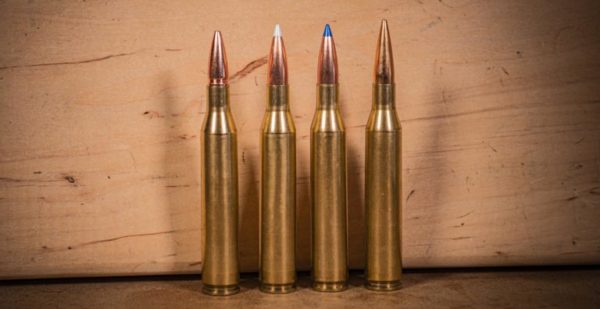
The 25-06 is capable of excellent accuracy and is commonly used for open country deer, antelope and coyote hunting. It’s noted for its mild recoil, flat trajectory and high velocity.
It responds well to slow burning powders from H4350 to Retumbo. Typical hunting bullet weights range from 85 to 120 grains. Longer, heavier, high BC .257” bullets are becoming more available but require a faster twist than the 1:10 which is common for 25-06 rifles.
The 25-06 isn’t the most popular cartridge out there, but ammunition is generally readily available.
About the Barnes 100 Grain TSX bullet
I haven’t hunted extensively with the Barnes TSX, but it is a proven performer and I’d gladly hunt with it again. The TSX is an evolution from the Barnes X bullet, their original all-copper bullet. I have found that the TSX thrives on velocity and responds well to handloading. Lead-free bullets have been required in California for some time, and other areas may make them a requirement as well. Required or not, there are some great reasons to consider the use of a lead-free copper bullet:
- Tremendous penetration. They typically exit the game animal, causing both entrance and exit wounds that may lead to better blood trails.
- The Barnes TSX & TTSX are made of a soft copper which expands readily, inflicting great damage.
- No lead fragments are left in the meat.
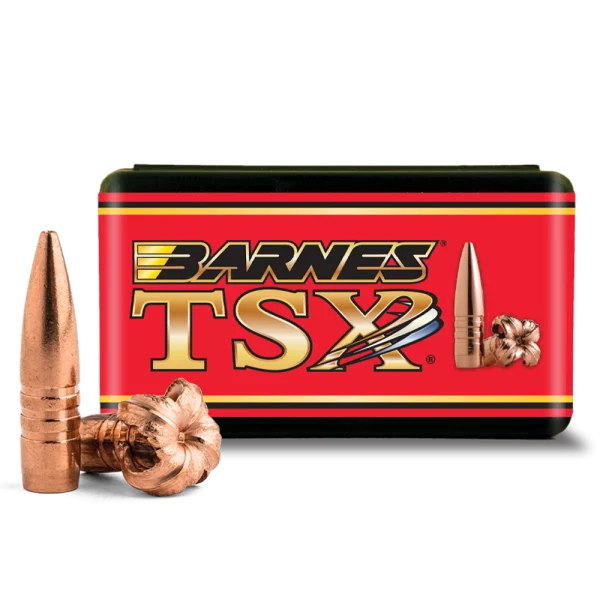
Barnes’ TSX Bullet offers all the deadly effectiveness of the time-proven X Bullet. Features include all-copper construction, no fragmentation, rapid expansion, 28% deeper penetration than lead-core bullets, and maximum weight retention. The TSX has proven to be one of the most accurate hunting bullets available–a fact countless shooters have confirmed. An exclusive feature of the TSX Bullet is multiple, precisely engineered rings cut into the bullet shank. These grooved rings act as relief valves as bullet metal flows under pressure while traveling down the bore. Instead of flowing from the front to the base of the bullet, the copper material expands into the grooves. This results in reduced pressures and less copper fouling. Reduced pressures mean the bullet can be safely loaded to higher velocities. The rings also alter barrel harmonics, greatly improving accuracy.
Barnes 100 grain TSX for 25-06
I do most of my 25-06 hunting with a 115 grain bullet, but 100 grains is right in the middle of standard bullet weights. It’s a bit on the light side, but has greater muzzle velocity as a result. Keep in mind this isn’t a long range bullet. The 100 grain Barnes TSX bullet has a G1 BC of only .336, but the high muzzle velocity provides a trajectory which is good for open country hunting out to several hundred yards.

I have to admit to having trouble when I first tried Barnes X bullets. I was trying to build an elk load for a 300 Winchester Magnum using 180 grain Barnes X bullets. Combined with a rough barrel from a factory rifle, I saw a lot of copper fouling and mediocre accuracy. I’ve heard some rifles loved the X bullets while others didn’t.
When the Barnes TSX with its interesting relief grooves came along, I just had to try some. They shot well from my 25-06 from the beginning, and after some more barrel scrubbing and break-in didn’t copper foul much either. I ended up trying heavier TSX’s in my 308 Winchester and 30-06 with good results. The 308’s cut-rifled Krieger barrel delivered excellent accuracy with very little fouling, no more than with any other bullet. The TSX seems to work well in a variety of rifles across more calibers than the X bullets did.
Load Development
Hodgdon’s H4350 has done a fine job for me in the 25-06 with 100 grain bullets, and I used it again this time. I went into the loading process with a goal of speed and accuracy. I was able to achieve both with a muzzle velocity of 3340 fps.
My load:
- Barnes 100 grain TSX
- 53.0 grains H4350
- Federal 210 match primers
- Winchester cases
I selected H4350 because I’d had great results with it with other 100 grain .257” bullets. I have also happily loaded the 25-06 with Hodgdon’s Retumbo, which works well with the 100 grain Barnes TSX and heavier bullets, producing good accuracy and velocity. H4831 also produced excellent accuracy.
Handloading Tips
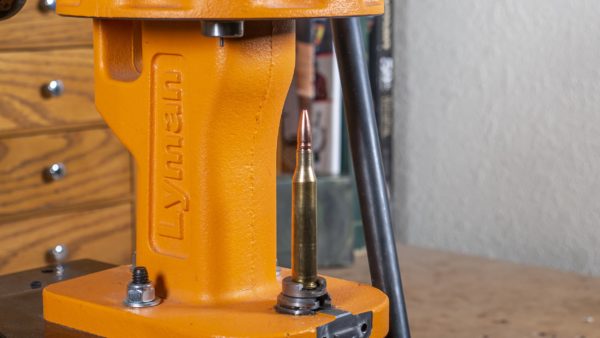
The Barnes TSX likes to be driven hard. High muzzle velocity is where it really shines. Consider dropping down in bullet weight to boost the muzzle velocity. If you normally hunt with a 120 grain jacketed bullet, consider the 100 grain or even the 80 grain TTSX. Yes, there’s a “tipped” version of the TSX, and we’ll be doing an article on it as well. Even the lighter Barnes TSX bullets penetrate superbly.
Barnes TSX bullets also respond well to being “jumped” into the lands and grooves.
When loading a Barnes TSX, Tipped TSX or LRX bullet, your rifle may prefer a bullet jump of anywhere between .050” up to .250” or more. This distance off the lands (rifling), aka “jump” may be limited to the rifles throat length, magazine length and bullet length.
I have loaded the 25-06 with conventional Redding dies and Wilson inline dies. The cartridge and this bullet responded well to both.
Range Results
The 100 grain Barnes TSX printed ¾” to 1” groups at 100 yards from a bench. I really appreciate the mild recoil of this smallish-bore rifle. Knowing that I’d mostly be using it for open country hunts, I zeroed it at 300 yards with sub MOA groups. The chronograph noted muzzle velocity was 3,340 fps.
Trajectory and More
The JBM Ballistics Calculator shows the useful trajectory of this hunting load. There’s no problem “holding on hair” even out at 400 yards.

*Note that the windage figures are based on a 10 mph, 90 degree crosswind.
One disadvantage of zeroing at 300 yards is that the point of impact at 200 yards is going to be roughly 4” above the point of aim. If going for a high shoulder shot, this can lead to a complete miss, or an ineffective wound above the animal’s spine. I personally have gotten quite used to this zero and use it routinely with my high-velocity rifle cartridges.
A limiting factor is though the TSX expands at an impact velocity as low as 1800 fps, it’s better at higher speeds. I’d limit my shots to 450 to 500 yards with this bullet, but that’s as far as I’ll shoot at game animals anyway. Barnes does make a bullet intended for use at longer ranges, and we hope to be reporting on it in the future.
Mule Deer, Two Hunts
Though range time is important, the true test of a hunting bullet is afield. Let’s take a look at two of my mule deer hunts with the 100 grain Barnes TSX bullet.
Washington
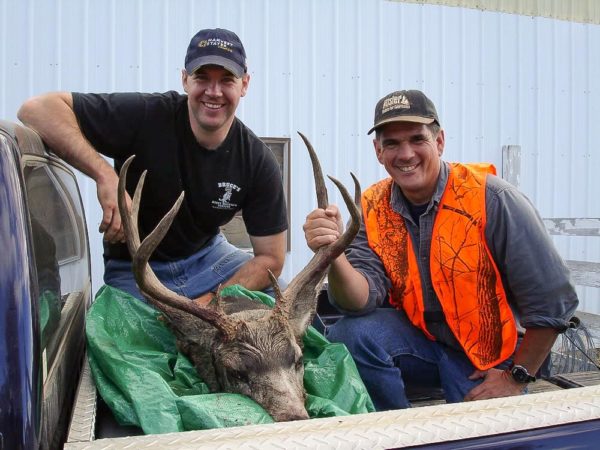
I was hunting with my youngest son and spotted a buck moving away from us and to the left, very interested in several does. My son couldn’t get on him, so I took a shot from the standing position at about 120 yards. He dropped instantly. Though he was only a 3×3, the buck had thick antlers. He’d been feeding in the wheatfields so his body size was large, making for terrific meat. This was my first field experience with the Barnes TSX and it minimally damaged the meat.
Wyoming
Two years after my Washington mule deer hunt, I found myself pretty banged up from an on-the-job injury and recovering from surgery. I couldn’t accomplish the rugged backcountry hunt I’d planned, but I met some wonderful people who let me hunt on their property near Cody. The property owner, my newest best friend, and I were sitting in what he called the “Deadliest Haystack in Wyoming.” This was almost a hay castle. I spotted a nice size buck about 450 yards away, but he was on the neighboring ranch. I’d have to wait for him to cross the fence before I could shoot. My host whispered to me “Guy, remember that tall 4×4 buck we saw this morning? He’s right behind you.” Well now… A few seconds later I shot that buck from a whopping 20 or 25 yards. He was a young buck with a tall, narrow 4×4 rack. As I wasn’t even sure I’d be able to hunt that year, I was quite satisfied.

The shot taught me something about the Barnes TSX. Even a short range shot, with an impact velocity of 3300+ fps, didn’t cause the bullet to blow up. From our inspection conducted while cleaning and skinning, it penetrated and expanded well. There was a straight and somewhat narrow wound channel ranging downwards through the buck’s chest, destroying the heart and lungs. There was massive tissue damage and the heart had been shredded, presumably by the “petals” from the expanding TSX bullet.
Something I’d like to emphasize about the deer and other game that I hunt, is that my family eats a lot of wild game. When my son and I each get a deer in a given year, the freezer is full and we don’t buy much beef. Some folks don’t like the taste of mule deer, yet it can be excellent!
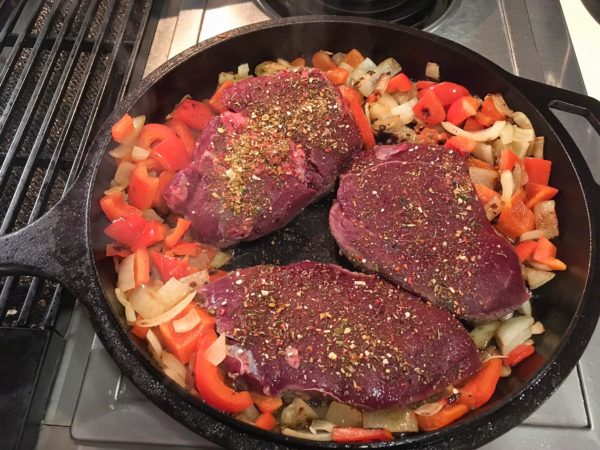
I highly recommend Eileen Clarke’s Slice of the Wild and her other cookbooks. These books cover everything from field care, to hanging and aging the meat, to meal preparation.
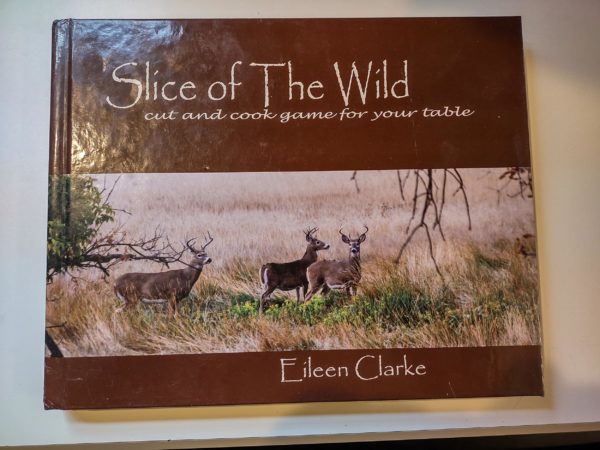
Conclusions
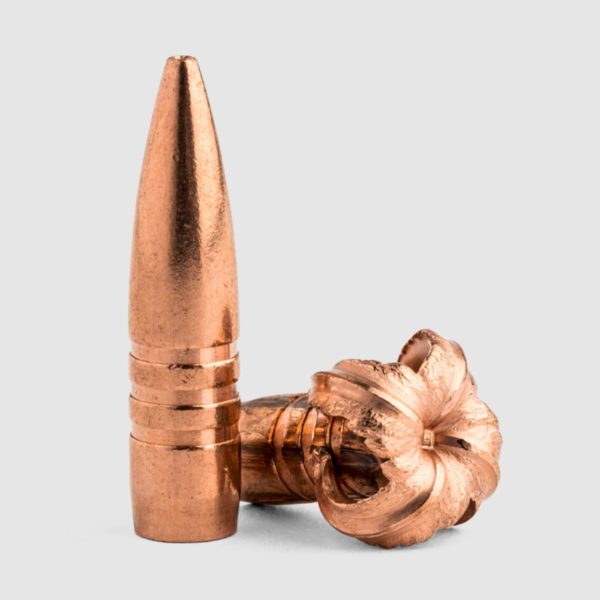
The Barnes TSX is quite a hunting bullet and different from traditional “cup and core” jacketed bullets. The soft copper hollow point expands well, and the petals don’t typically peel off. This is a bullet known for retaining weight and penetrating very well.
It’s fond of high velocities and be certain to experiment with various amounts of jump during your load development process.
Perhaps you have a legal requirement to use “unleaded” bullets, or perhaps you just want to try a deep penetrating hunting bullet. Either way, the Barnes TSX is well worth considering.
Get the Gear
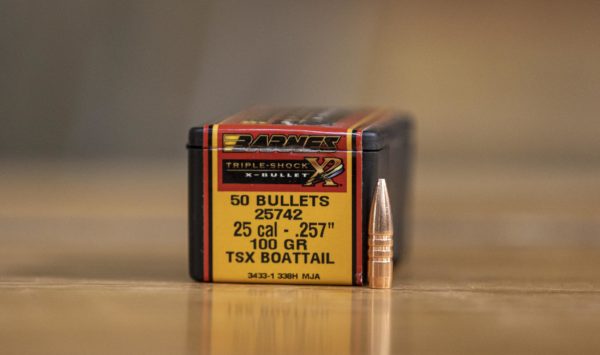
25-06 Remington Unprimed Rifle Brass 50 Count by Hornady (midsouthshooterssupply.com)
Gold Medal Large Rifle Match Primer #GM210M (1000 Count) by Federal (midsouthshooterssupply.com)
Hodgdon H4350 Powder 1 Lb | Midsouth Shooters (midsouthshooterssupply.com)
100 Of The Worlds Best Venison Recipes: Slice of the Wild (riflesandrecipes.com)
Don’t miss out on Ultimate Reloader updates, make sure you’re subscribed!
Thanks,
Guy Miner
